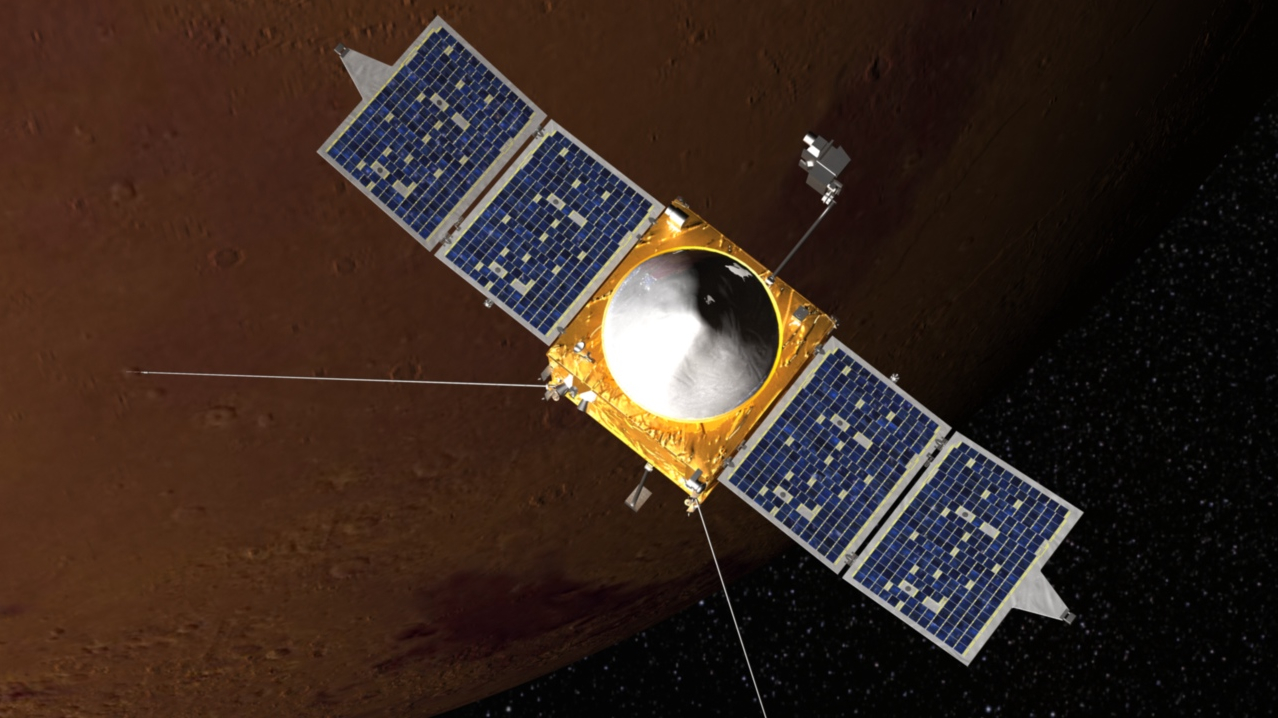 Another asteroid is set to buzz Earth. Is it just me or are these events happening more frequently? The asteroid designated 1998 QE2 will be making it’s close approach to Earth tomorrow (Friday) May 31, 2013.
Another asteroid is set to buzz Earth. Is it just me or are these events happening more frequently? The asteroid designated 1998 QE2 will be making it’s close approach to Earth tomorrow (Friday) May 31, 2013.
1998 QE2 is considered a potentially hazardous object because it makes a regular close approach to Earth’s orbit, and it’s a whopper! QE2 is over 1.5 miles across. To help give you a visual reference that’s the equivalent of nine QE2 (Queen Elizabeth 2) cruise ships lined up end to end.
This Friday marks the QE2’s closest approach to Earth for at least a couple a hundred years and even at it’s closest it’ll still be about 15 times farther away than the Moon, but that’s close astronomically speaking.
1998 QE2 will be closest to Earth at 3:59 p.m. CDT. Once it gets dark you can try to located QE2 as it will be visible in small telescopes but you’ll need a dark sky.
NASA has already started imaging the asteroid with massive radar telescopes and they found that 1998 QE2 has a small moon. The preliminary estimate for the size of the asteroid’s satellite, or moon, is approximately 2,000 feet (600 meters) wide.
Asteroid 1998 QE2 was discovered on Aug. 19, 1998, by the Massachusetts Institute of Technology Lincoln Near Earth Asteroid Research (LINEAR) program near Socorro, N.M.






